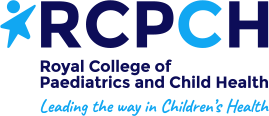Babies skull bones are soft and are not tightly joined together. This means that their shape can be easily changed by pressure on the side or on the back of their head. It may have happened when your baby was still developing in the womb. More commonly, flattening happens after your baby is born.
Causes of a flat head:
- Pressure on your baby's head while they are still developing in the womb
- Premature babies have softer heads
- Tight neck muscles can stop a baby turning their head equally in both directions, putting one side of their head under more pressure.
- Babies should always sleep on their backs as this reduces the risk of sudden infant death syndrome (SIDS). Young babies spend much of their time asleep lying on their backs in their cot, when being carried or while in car seats. This can put repeated pressure on the same part of the head affecting its shape.
It is important to put your baby to sleep on their back. Reducing sudden infant death syndrome (SIDS) is more important than developing a flat head.




